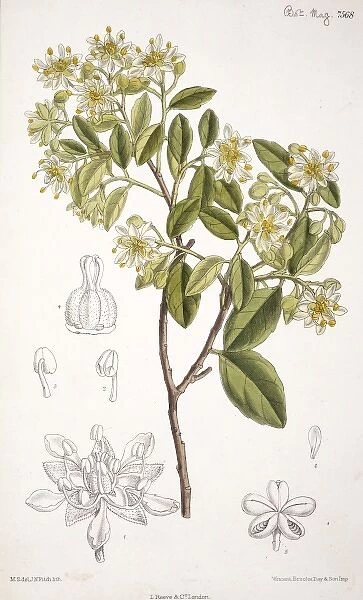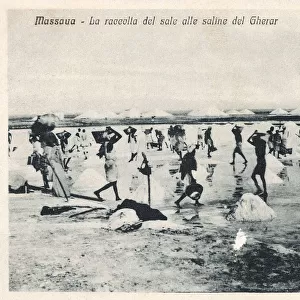Quillaja saponaria, soap tree
![]()

Wall Art and Photo Gifts from Mary Evans Picture Library
Quillaja saponaria, soap tree
Illustration from the Botany Library Plate Collection at the Natural History Museum, London
Mary Evans Picture Library makes available wonderful images created for people to enjoy over the centuries
Media ID 8579891
© Mary Evans Picture Library 2015 - https://copyrighthub.org/s0/hub1/creation/maryevans/MaryEvansPictureID/10706386
Eudicot Eurosid Fabales Fabidae Rosid Soap Angiospermae Dicot Dicotyledon Magnoliophyta Soap Tree
EDITORS COMMENTS
1. Title: Quillaja saponaria, the Soap Tree: A Botanical Marvel from the Andes Quillaja saponaria, popularly known as the soap tree, is a remarkable angiosperm native to the Andes Mountains in South America. This botanical illustration, hailing from the esteemed Botany Library Plate Collection at the Natural History Museum in London, offers a detailed and enchanting glimpse into the beauty and complexity of this intriguing plant. The soap tree is a long, green, and elegant eudicot that belongs to the Fabales order and the Rosid clade. Its unique characteristic lies in the presence of saponins, a type of glycoside, in every part of the tree. These compounds have been used for centuries by indigenous peoples for various purposes, including the production of soap and foaming agents. Quillaja saponaria is a tree that can reach impressive heights, with a straight trunk and a spreading crown. Its leaves are simple, alternate, and lanceolate, while its flowers are small, white, and arranged in dense, terminal panicles. The tree's bark is deeply furrowed, revealing a rich, intricate texture that adds to its allure. As a member of the Quillajaceae family, Quillaja saponaria is an essential component of the Andean flora, providing food and shelter for numerous organisms. Its ecological significance, combined with its fascinating botanical features, makes it a valuable addition to any botanical collection or study. This illustration serves as a testament to the Natural History Museum's commitment to preserving and showcasing the wonders of the natural world. It invites us to explore the intricacies of the plant kingdom and to appreciate the beauty and diversity of the earth's flora.
MADE IN THE USA
Safe Shipping with 30 Day Money Back Guarantee
FREE PERSONALISATION*
We are proud to offer a range of customisation features including Personalised Captions, Color Filters and Picture Zoom Tools
SECURE PAYMENTS
We happily accept a wide range of payment options so you can pay for the things you need in the way that is most convenient for you
* Options may vary by product and licensing agreement. Zoomed Pictures can be adjusted in the Cart.



